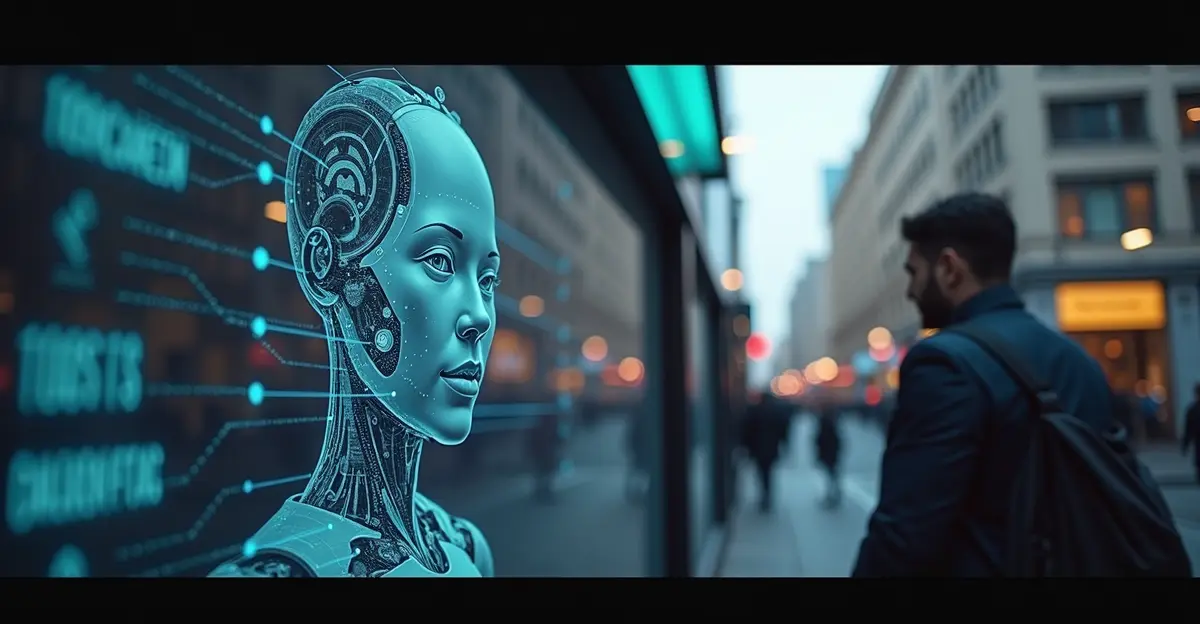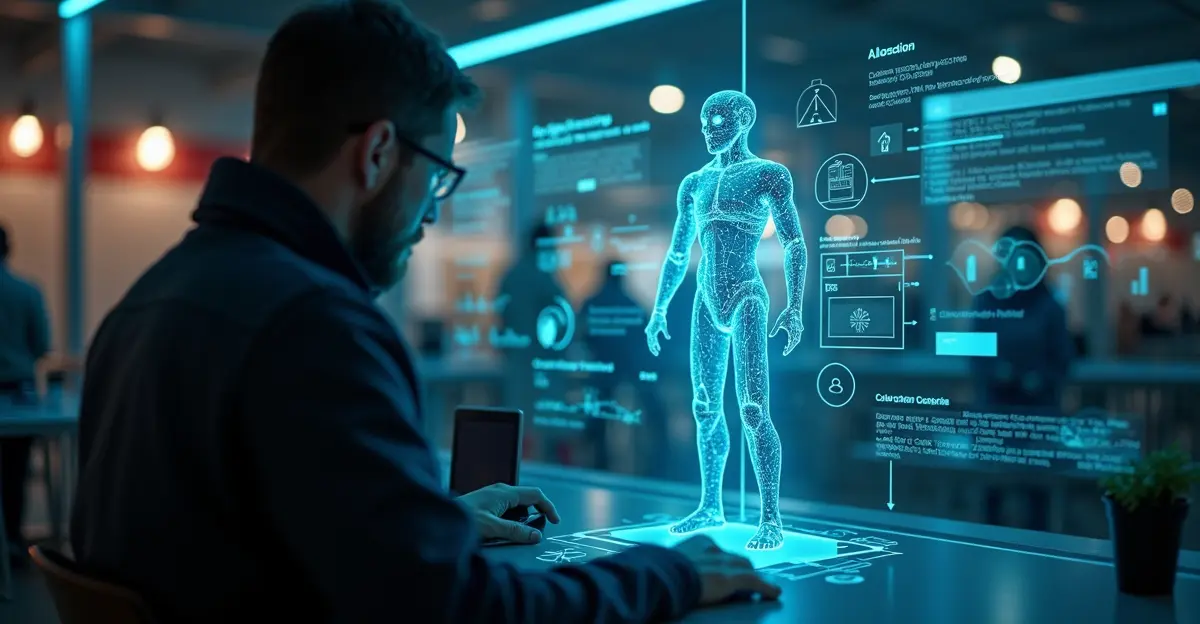AI watermarking and provenance tools are becoming essential standards to trace synthetic content origins. Technologies like C2PA and Google's SynthID provide cryptographic verification and invisible watermarks that survive content transformations.

The Rise of AI Content Authentication Standards
As artificial intelligence continues to generate increasingly sophisticated synthetic content, the need for reliable authentication mechanisms has become critical. In 2025, technical standards for AI model watermarking and provenance tools are emerging as essential solutions to trace generated content and attribute sources accurately. These technologies represent a fundamental shift in how we verify digital authenticity in an era where AI-generated images, videos, and text can be indistinguishable from human-created content.
Understanding the Core Technologies
Watermarking and provenance represent two complementary approaches to content authentication. Watermarking involves embedding detectable signals directly into AI-generated content, while provenance focuses on cryptographic verification of origin and editing history. 'The distinction between these approaches is crucial for effective implementation,' explains Dr. Sarah Chen, a digital forensics expert at Stanford University. 'Watermarking provides persistent detection capabilities, while provenance offers tamper-evident audit trails.'
The C2PA (Coalition for Content Provenance and Authenticity) standard has emerged as the industry benchmark for content credentials. This open technical standard enables the creation of tamper-evident metadata that can be independently verified, providing cryptographic proof of content origin and any modifications made throughout its lifecycle.
Industry Implementation and Adoption
Major technology companies are rapidly adopting these standards. Google DeepMind's SynthID represents a significant advancement in invisible watermarking technology. The system embeds imperceptible digital watermarks into AI-generated images, audio, text, and video that survive common transformations like cropping, filtering, and compression. 'SynthID's detection capabilities remain robust even after content undergoes multiple modifications,' notes Mark Thompson, Google's AI Safety Lead. 'This makes it particularly valuable for tracking synthetic content through redistribution chains.'
OpenAI has integrated C2PA metadata into DALL-E generated images since February 2024, creating a verifiable chain of custody for AI-generated visual content. This implementation allows users to trace images back to their AI origins and verify that they haven't been maliciously altered.
Technical Challenges and Limitations
Despite promising developments, significant technical challenges remain. According to research from academic studies, current watermarking implementations risk becoming symbolic compliance rather than effective governance tools. The gap between regulatory expectations and technical limitations poses a serious concern for widespread adoption.
'Even simple edits like paraphrasing can degrade detection below effective thresholds,' warns Professor Elena Rodriguez from MIT's Media Lab. 'We need enforceable requirements and independent verification to ensure these technologies deliver on their governance promises.'
The National Institute of Standards and Technology (NIST) has published comprehensive guidance on reducing risks posed by synthetic content, emphasizing the need for layered defense approaches that combine multiple authentication methods.
Practical Applications and Future Directions
Businesses across various sectors are implementing these technologies to mitigate reputational risks and compliance issues. Media companies use provenance tools to verify the authenticity of user-generated content, while e-commerce platforms employ watermarking to detect AI-generated product reviews and listings.
The Library of Congress has launched a C2PA Community of Practice for government and cultural heritage organizations, exploring how these standards can enhance digital preservation workflows. 'C2PA provides a framework for documenting digital content creation and relationships that's crucial for long-term preservation,' says Maria Gonzalez, Digital Archivist at the Library of Congress.
Looking ahead, industry experts predict that watermarking and provenance tools will become increasingly integrated into content creation pipelines. The development of standardized APIs and cross-platform compatibility will be essential for creating a unified ecosystem for content authentication.
Regulatory Landscape and Policy Implications
Governments worldwide are taking notice of these technologies' potential. The U.S. Department of Defense has published guidance on content credentials for multimedia integrity, recognizing their importance for national security and information warfare defense.
European Union regulations are increasingly requiring transparency measures for AI-generated content, creating legal mandates for watermarking and provenance implementation. 'We're seeing a global convergence toward mandatory content authentication requirements,' observes legal analyst David Kim. 'Companies that proactively adopt these standards will be better positioned for compliance.'
As the technology matures, standards organizations are working to establish interoperability frameworks that ensure different authentication systems can work together seamlessly across platforms and jurisdictions.

 Nederlands
Nederlands
 English
English
 Deutsch
Deutsch
 Français
Français
 Español
Español
 Português
Português









